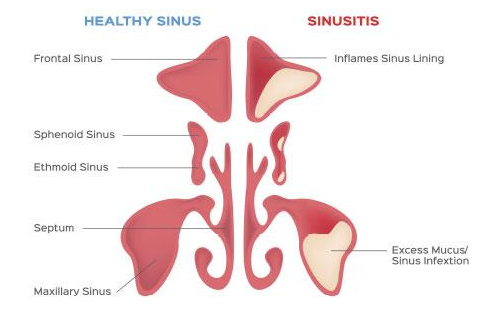Understanding Sleep Apnea
Sleep apnea is a sleep disorder that occurs when your breathing repeatedly stops and starts up again. A potentially serious condition, sleep apnea has three main types:
Obstructive sleep apnea. This happens when something partially or totally blocks your upper airway as you sleep. It makes your diaphragm and chest muscles work overtime to open the blocked airway and bring air into your lungs. You are breathing then typically resumes with a snort or loud gasp.
Central sleep apnea. In this type of sleep apnea, your braindoes not send the right signals to the muscles that control how you breathe.
Complex sleep apnea. Also referred to as mixed sleep apnea, complex sleep apnea is a combination of obstructive and central sleep apnea.
Some of the most common symptoms of sleep apnea include:
- Sudden awakenings with shortness of breath (more common in central sleep apnea)
- Loud snoring, a symptom more typical in patients with obstructive sleep apnea
- Intermittent pauses in breathing as you sleep, witnessed by another person
- Waking with a sore throat or dry mouth
- Headache
- Insomnia
- Drowsiness and fatigue during the day
- Problems staying focused
- Irritability
The following may put you at greater risk for sleep apnea:
- Fat deposits surrounding your airway can obstruct your breathing.
- Narrow airway. A narrow throat or enlarged adenoids or tonsils that block your airway can lead to sleep apnea.
- If you have family members with sleep apnea, you are at greater risk.
- Smoking and alcohol. Smoking can increase the amount of fluid retention in your airway, which may contribute to sleep apnea. Alcohol relaxes your throat muscles, making it less likely for you to breathe properly.
- Having trouble breathing through your nose can lead to sleep apnea.




Comments
Post a Comment